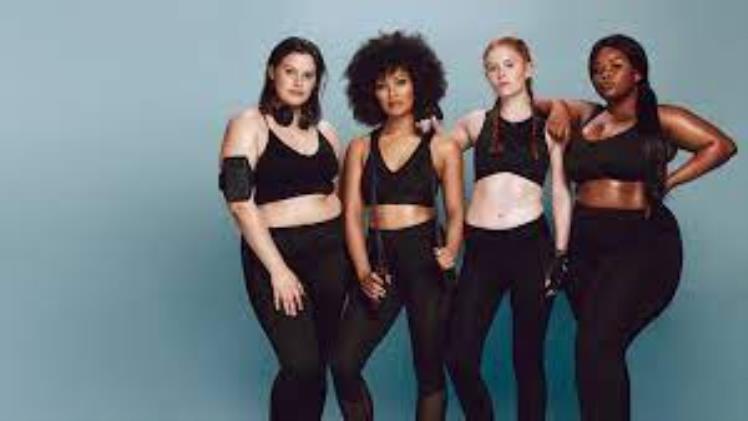Body Positivity and the Acceptance of Diverse Body Types in the Fitness Industry

Body positivity is a movement that advocates for acceptance of all body types in the fitness industry. It has grown increasingly popular over time as an effort to inspire people to appreciate their bodies no matter their size or shape.
Although the body positivity movement has been an empowering force for many people, it also comes with some drawbacks. One such issue is that marketers have taken this idea of body positivity and applied it to their products – leading to advertisements for weight-loss products and appetite suppressants which were never intended by the movement originally.
Many have declared body positive messaging unhealthy, as it may lead people to believe they aren’t overweight and need to lose weight. It also creates an atmosphere of inertia that prevents people from making healthy lifestyle changes. Ultimately, body positive messaging may leave people feeling trapped and discourage them from making changes for the better.
If you’re struggling with a negative body image or related health issue, seek treatment from a provider or therapist. There are many student health centers and on-campus counseling services that can provide assistance; additionally, you may be able to locate an online support network of people in your locality who will offer support as well.
Body positivity originated with radical fat activism of the 1960s. At this time, those from marginalized bodies such as Black and brown women, queer individuals, and disabled individuals began to speak out against societal anti-fat bias and fat stigma.
These activists fought against societal beauty standards and diet culture that can lead to a sense of unworthiness associated with weight loss diets. Ultimately, the body positivity movement brought awareness to mental health issues related to body image and eating disorders.
Nowadays, the movement is more geared towards social media than before and often features posts by relatively thin women encouraging their followers to embrace their bodies and learn to love their “flaws,” which wasn’t what its founders intended when they started the movement. As such, it can be confusing for some people.
Instructors can implement a number of strategies to make their group fitness environments more inclusive and supportive of members’ body images. Instructors should begin by evaluating the gym’s overall environment and paying special attention to how it is used; this has an immense effect on how members perceive themselves in the gym as well as the quality of interactions they have with others.
Instructors can use another strategy to help improve their groups’ body image by setting goals that give them control over their progress. These objectives, known as process or performance goals, usually consist of a series of actions that must be completed in order to reach the objective.
Instructors, students and members of communities alike must strive to cultivate a healthy and empowering relationship with their bodies. Fitness professionals have an opportunity to contribute to this change by creating check-ins that promote body positivity as well as helping clients create similar positive connections with their own bodies.